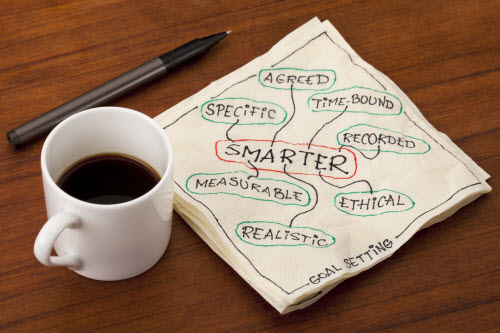
Quick – off the top of your head, what’s one of the most valuable sales and business skills that anyone can possess?
Let me give you a hint… It’s not negotiation, it’s not copywriting and it’s not networking. In fact, it’s the ability to build rapport with everybody you encounter!
When you’re able to build rapport with a diverse range of people, you improve your ability to form the relationships needed to advance both your personal and professional life. Whether you’re petitioning your boss for a promotion or trying to convince a new senior-level buyer to purchase your company’s product, being able to develop rapport immediately gives you the edge needed to get things done.
But if forming person-to-person connections doesn’t come naturally to you, don’t worry! The following steps to building rapport with anyone are easy to implement and can quickly make a major difference in the way you interact with new people:
Step #1 – Mirror your subject’s body language
One of the most important contributing factors to rapport is your body language – and one of the most important things you can do to build rapport using this tool is to mirror your subject’s posture and gestures.
This is important for two reasons. First, mirroring body language creates an unspoken level of comfort between you and your subject. When we see ourselves in the people we’re talking to, we naturally feel more at ease – making this technique a powerful way to minimize barriers that would otherwise threaten to derail your conversation.
At the same time, keep in mind that we all have nervous physical habits that manifest themselves whenever we’re uncomfortable. This could include things like constant leg tapping or tightly crossed arms – whatever your case may be, these behaviors telegraph your lack of confidence, diminishing the rapport you hold with your partner.
By mirroring your subject’s body language, you’ll be able to prevent these behaviors on your part. Just be careful to not mirror your subject’s own nervous habits!
Step #2 – Match your subject’s vocal tone and pacing
Next up, focus on your voice in order to build rapport with your subject. Again, we tend to respond more favorably to the people who look and sound like we do, so any of the following techniques could come in handy when it comes to forming new relationships:
- Match the tone your subject is using – Is your subject speaking loudly or softly? Does he tend to speak from his diaphragm or his nasal passages? Are his sentences spoken in a way that sounds authoritative or unconfident? While it’s important that you avoid coming across as condescending, allowing some of these vocal qualities to filter into your own speech is a great way to build rapport.
- Match your subject’s vocal pacing – Listen also to whether your subject is speaking slowly or rapidly. Though many people tend to think of vocal speed as something natural that can’t be controlled, it is possible to modulate your voice in order to better match your subject’s.
- Match accents carefully – One advanced rapport-building technique is to allow some of your subject’s accent to slip into your own speech (whenever his native accent is different from your own). Although it’s tough to do so without appearing to mock your conversation partner, mimicking this vocal element in a subtle way can build a major bridge of rapport between you.
Step #3 – Repeat and affirm
Aside from the ways in which you can manipulate your own physical and vocal performance, one simple technique for building rapport is to simply repeat and affirm the things your subject says to you in conversation. As an example, consider the following conversation:
Subject: “So, you’re telling me that you need to raise your rates? That’s unacceptable – it’s been a tough year for my company and we don’t have the extra budget for this.”
You: “Subject, I know it’s been a tough year for your company and that budgets are tight. I completely understand, but I hope you can see that…”
In this example, you could have just as easily responded to the subject with a careless, “It doesn’t matter what your budgets are like – our rates are going up.” However, by taking the time to repeat and affirm the subject’s concerns, you’re building rapport that could go a long ways towards helping the two of you resolve the situation successfully.
Step #4 – Assume rapport from the start
Finally, be aware that one of the biggest inhibitors to building rapport is the discomfort experienced upon meeting and interacting with new people. And really, it’s natural to be afraid of saying the wrong thing or looking stupid in front of a new contact.
But here’s the thing… Everybody feels that way! It’s not that you’re the least confident person in the world – just about everybody in the world goes through the same type of social anxiety at various points throughout their lives.
So if everyone else feels as nervous as you do in social situations, one simple solution is to assume rapport from the start. Treat everyone you speak to as if you were already close friends – effectively negating the discomfort that many people feel when interacting with new people. With practice, you’ll find that assuming this level of rapport puts people at ease and makes implementing the steps described above feel much more natural and much less like an uncomfortably foreign process you’re working towards artificially.
Any other recommendations on how to build rapport with the people you encounter in your personal and professional lives? Share your tips in the comments section below!








